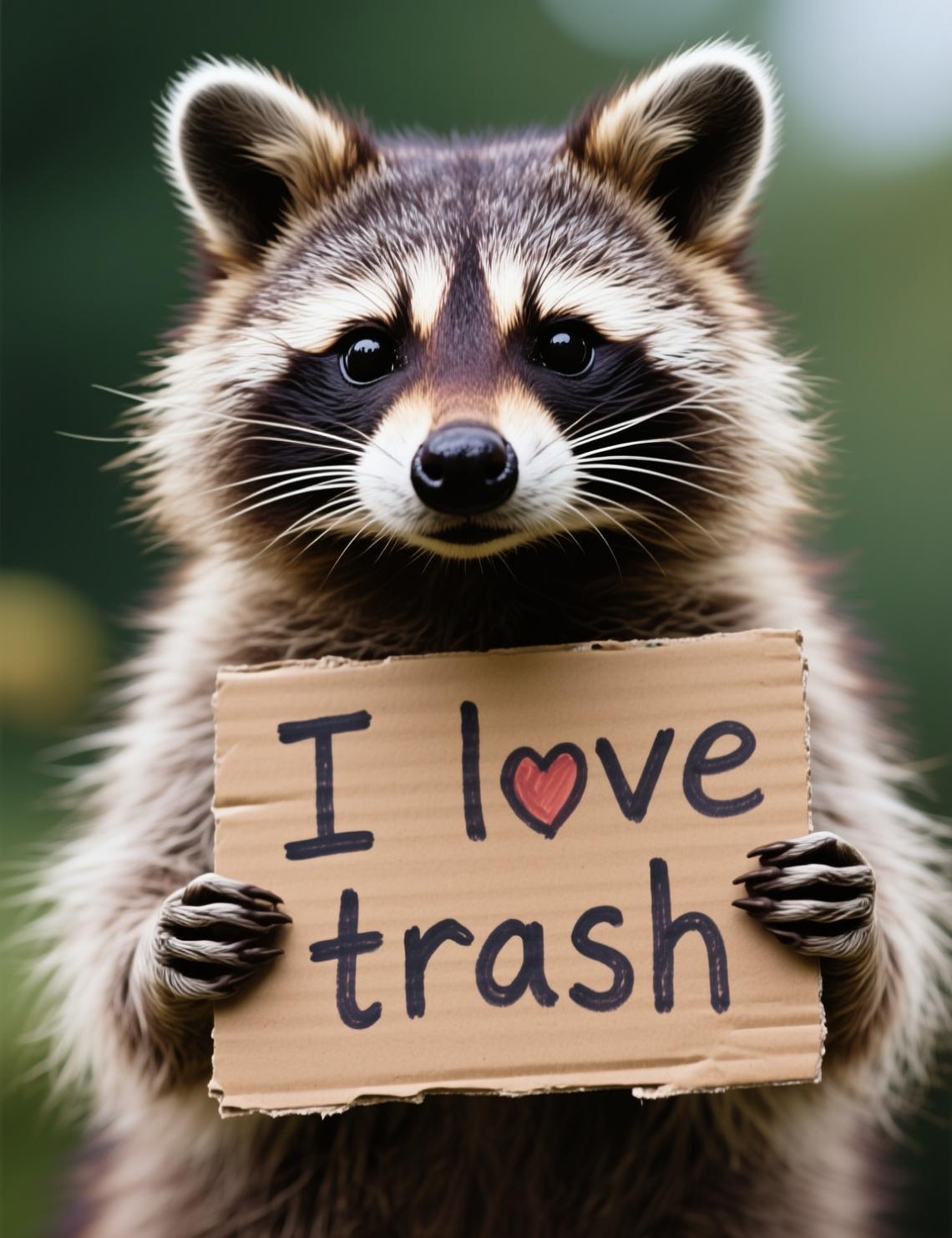Qwen-Image: Crafting with Native Text Rendering (via) Not content with releasing six excellent open weights LLMs in July, Qwen are kicking off August with their first ever image generation model.
Qwen-Image is a 20 billion parameter MMDiT (Multimodal Diffusion Transformer, originally proposed for Stable Diffusion 3) model under an Apache 2.0 license. The Hugging Face repo is 53.97GB.
Qwen released a detailed technical report (PDF) to accompany the model. The model builds on their Qwen-2.5-VL vision LLM, and they also made extensive use of that model to help create some of their their training data:
In our data annotation pipeline, we utilize a capable image captioner (e.g., Qwen2.5-VL) to generate not only comprehensive image descriptions, but also structured metadata that captures essential image properties and quality attributes.
Instead of treating captioning and metadata extraction as independent tasks, we designed an annotation framework in which the captioner concurrently describes visual content and generates detailed information in a structured format, such as JSON. Critical details such as object attributes, spatial relationships, environmental context, and verbatim transcriptions of visible text are captured in the caption, while key image properties like type, style, presence of watermarks, and abnormal elements (e.g., QR codes or facial mosaics) are reported in a structured format.
They put a lot of effort into the model's ability to render text in a useful way. 5% of the training data (described as "billions of image-text pairs") was data "synthesized through controlled text rendering techniques", ranging from simple text through text on an image background up to much more complex layout examples:
To improve the model’s capacity to follow complex, structured prompts involving layout-sensitive content, we propose a synthesis strategy based on programmatic editing of pre-defined templates, such as PowerPoint slides or User Interface Mockups. A comprehensive rule-based system is designed to automate the substitution of placeholder text while maintaining the integrity of layout structure, alignment, and formatting.
I tried the model out using the ModelScope demo - I signed in with GitHub and verified my account via a text message to a phone number. Here's what I got for "A raccoon holding a sign that says "I love trash" that was written by that raccoon":

The raccoon has very neat handwriting!
Update: A version of the model exists that can edit existing images but it's not yet been released:
Currently, we have only open-sourced the text-to-image foundation model, but the editing model is also on our roadmap and planned for future release.
Recent articles
- How Rob Pike got spammed with an AI slop "act of kindness" - 26th December 2025
- A new way to extract detailed transcripts from Claude Code - 25th December 2025
- Cooking with Claude - 23rd December 2025